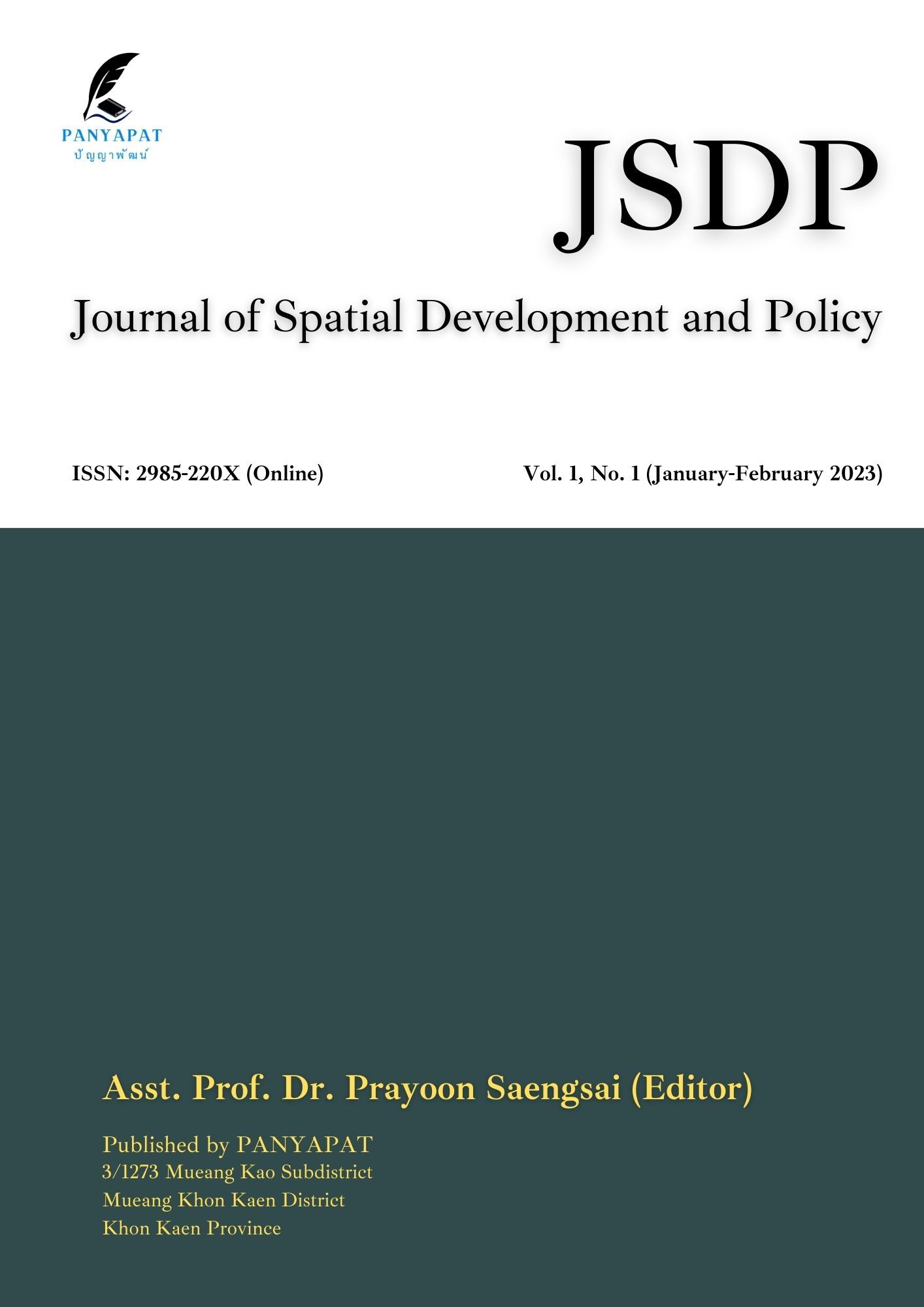Parivaskamma in Thai- Isan society from the past to the present
Main Article Content
Abstract
The purpose of this article is to present the Parivaskamma into the Isan Thai society from the past to the present. Practicing past karma is an individual matter with the aim of purifying oneself from impurities. Relief from serious offenses that have many penalties: Direct Sangkhadises offense Monks who are in retreat themselves will retreat from mingling with the group and live alone in a quiet place for the effect of freeing themselves from their sins. There is punishment for monks who enter the retreat and conduct themselves clearly outside the framework of the Dhamma and Vinaya. and there were no other rituals such as Brahmin ordination. Phutthaphisek and exorcism, etc., of past religious practices in Isan Thai society. This is clearly different from the current period of initiation. Because at present it will be a form of traditional merit making done as a group. There is more than one purpose. Both want to be relieved of serious offenses and want to provide knowledge in the practice of Dhamma and discipline. and meditation for monks and interested citizens. There are public relations for monks as well as the public to come and participate in this merit-making ceremony as much as possible. As a result, it will be a force in sustaining and spreading Buddhism even more widely. There are no penalties. It's a compromise. Compromise between each other There are other ceremonies such as the Brahmin ordination ceremony. Buddhist consecration and exorcism rituals are involved. As a result, the purpose of entering the Parivaskamma has changed as seen today.
Article Details

This work is licensed under a Creative Commons Attribution-NonCommercial-NoDerivatives 4.0 International License.
References
พระเทพเวที (ประยุทธ์ ปยุตฺโต) และ ระวี ภาวิไล. (2532). พุทธบริษัทกับพระธรรมวินัย. กรุงเทพฯ: ปัญญา.
พระธรรมปิฎก (ป.อ. ปยุตฺโต). (2541). นิติศาสตร์แนวพุทธ. กรุงเทพฯ: มูลนิธิพุทธธรรม.
พระภานุพงศ์ อนุตฺตโร (โคตรศรีกุล). (2555). ศึกษาการอยู่ปริวาสกรรมในพระพุทธศาสนาเถรวาท: กรณีศึกษาวัดสระพังทอง จังหวัดนครพนม. (พุทธศาสตรมหาบัณฑิต, มหาวิทยาลัยมหาจุฬาลงกรณราชวิทยาลัย).
พระมหาไพทูล อตฺถวํโส (วงศ์อามาตย์). (2545). การศึกษาเชิงวิเคราะห์การประพฤติวุฏฐานวิธีในพระพุทธศาสนาเถรวาท. (พุทธศาสตรมหาบัณฑิต, มหาวิทยาลัยมหาจุฬาลงกรณราชวิทยาลัย).
พระมหาวิจิตร ธีรญาโณ. (2556). การศึกษาการเข้าอยู่ปริวาสกรรมของพระสงฆ์ไทยในปัจจุบัน. (พุทธศาสตรมหาบัณฑิต, มหาวิทยาลัยมหาจุฬาลงกรณราชวิทยาลัย).
พระมหาสม สิริปุญฺโญ. (2539). ปริวาสทำไม? ทำไมปริวาส?. กรุงเทพฯ: โรงพิมพ์พิทักษ์อักษร.
พระมหาสมชัย รตนญาโณ. (2542). ปริวาสกถา. กรุงเทพฯ: โรงพิมพ์ธรรมสภา.
มหาวิทยาลัยมหาจุฬาลงกรณราชวิทยาลัย. (2539). พระไตรปิฎกภาษาไทย ฉบับมหาจุฬาลงกรณราชวิทยาลัย. กรุงเทพฯ: โรงพิมพ์มหาจุฬาลงกรณราชวิทยาลัย
สมเด็จพระมหาสมณเจ้า กรมพระยาวชิรญาณวโรรส. (2517). วินัยมุข เล่ม 1. (พิมพ์ครั้งที่ 30). กรุงเทพฯ: โรงพิมพ์มหาวิทยาลัยมหามกุฏราชวิทยาลัย.
สมพร พิมรัตน์. (2540). ประเพณีบุญเข้าปริวาสกรรมอำเภอเมืองร้อยเอ็ด จังหวัดร้อยเอ็ด. (ศิลปศาสตรมหาบัณฑิต, มหาวิทยาลัยมหาสารคาม).
หลวงปู่จันทา ถาวโร. (2555). พระวินัย 227 เทศน์ภาคปฏิบัติ. (พิมพ์ครั้งที่ 3). กรุงเทพฯ: ศิลปะสยามบรรจุภัณฑ์ และการพิมพ์จำกัด.

